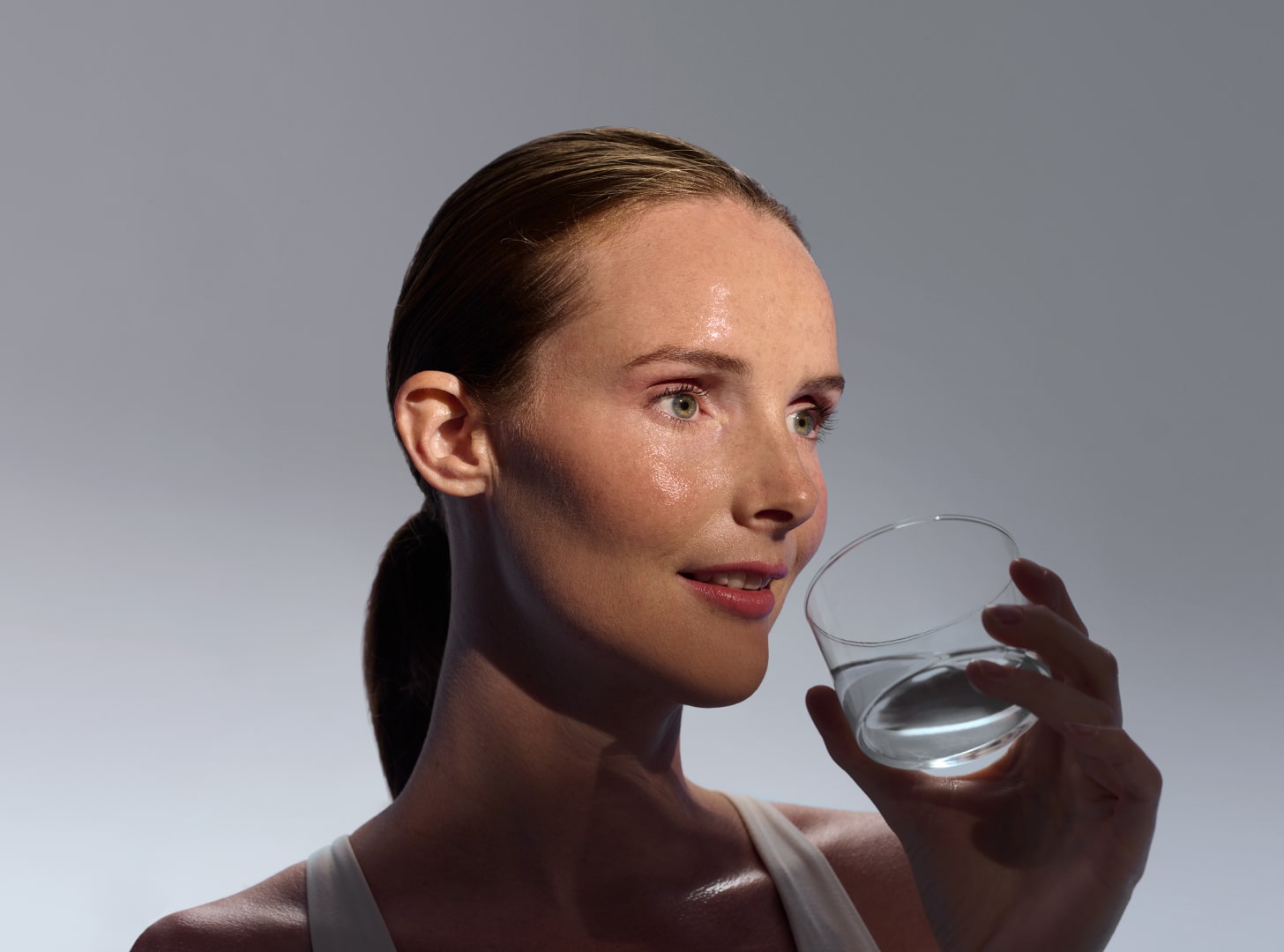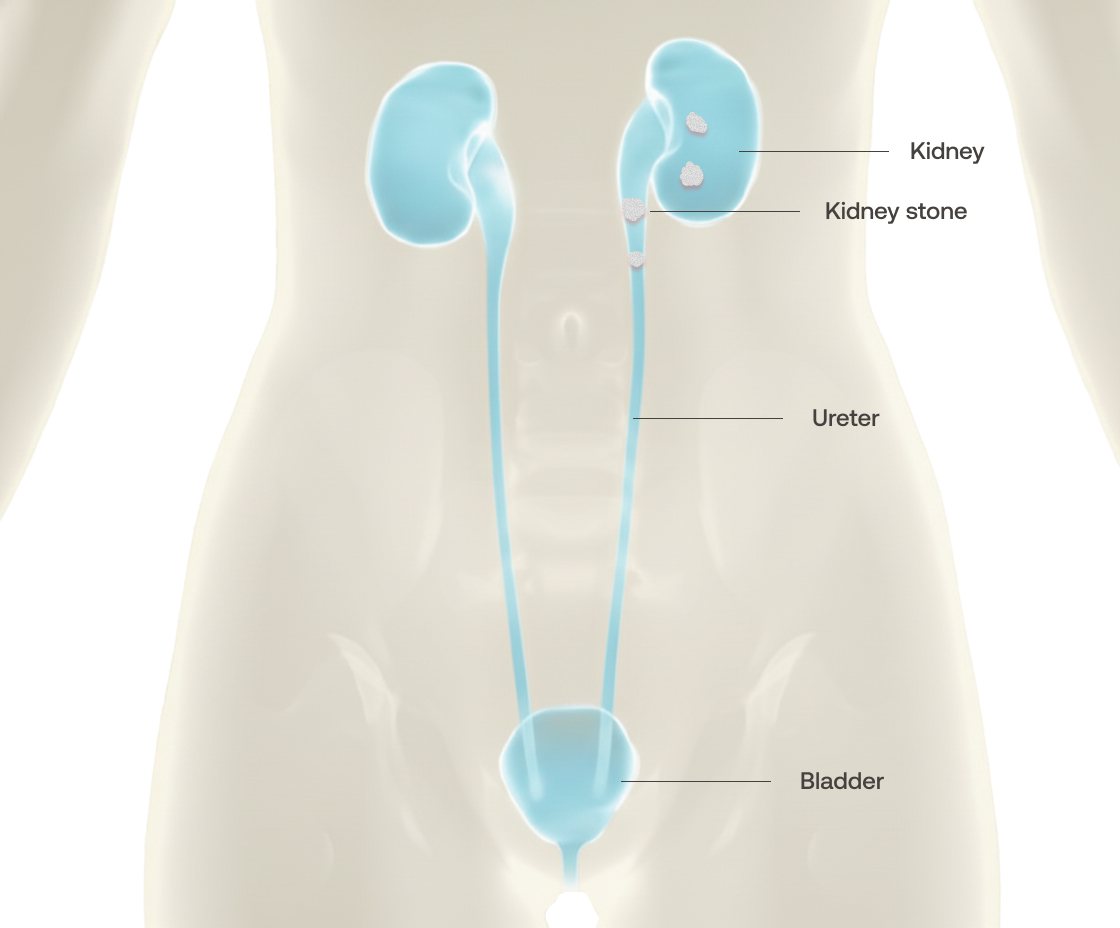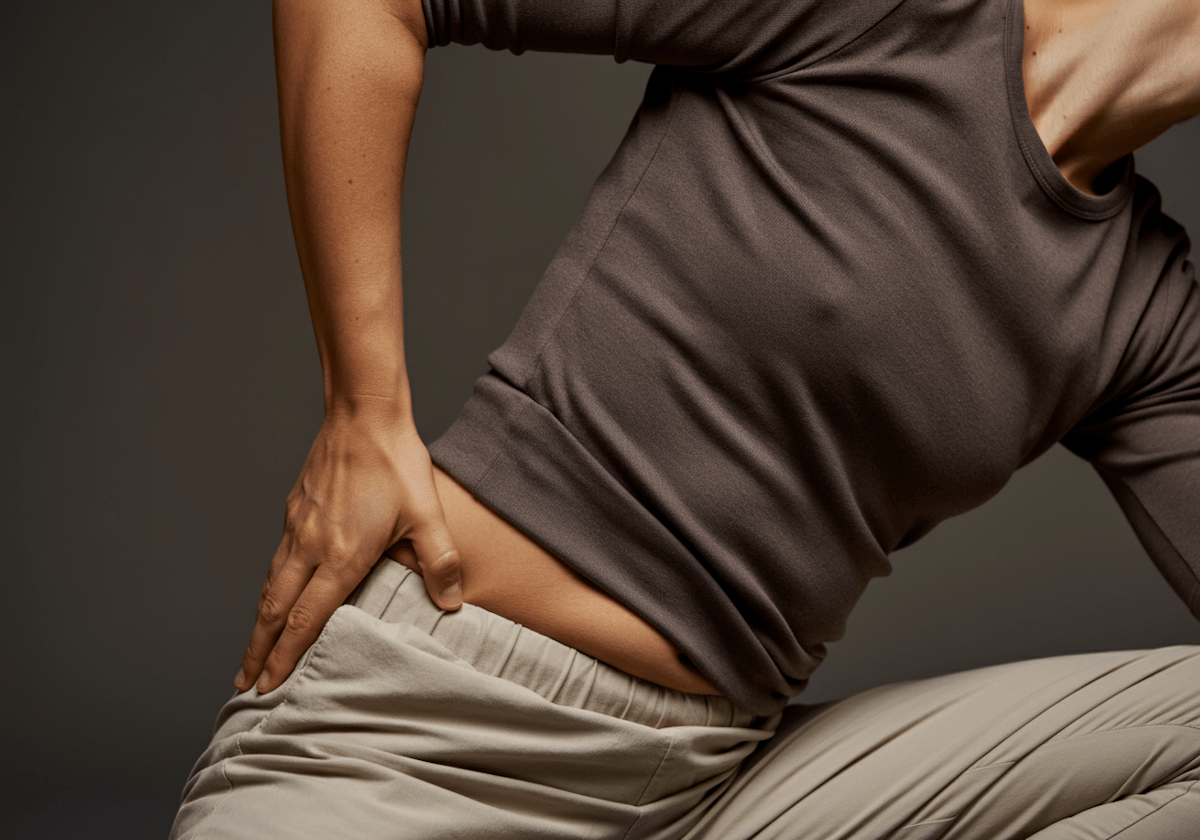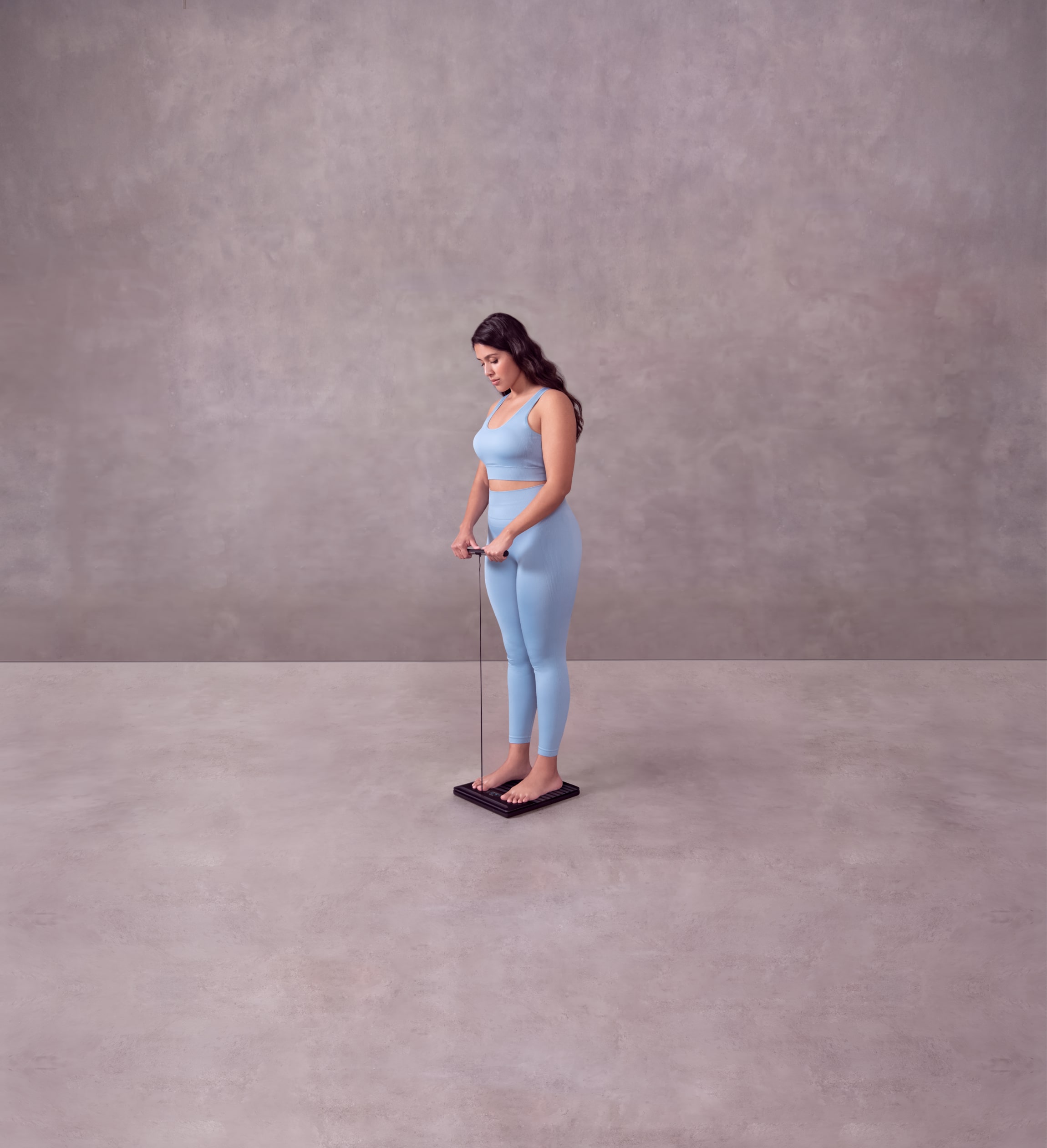
Nutritional testing: Track your health with Withings
Withings’ at-home urine analyzer lets you track your nutrition in real-time. It measures vitamin C levels, optimizes your diet, and...
Before you continue
Website version do not match with your country.
Pricing and product availability may vary by region.


Kidney stones are hard deposits made of minerals and salts that form inside your kidneys. Discover all the symptoms of kidney stones and how to diagnose and prevent them in this article.
💡 In short:
The symptoms of kidney stones often become apparent when a stone moves within the kidneys or enters the ureter (the tube connecting the kidneys to the bladder), causing severe pain known as renal colic. This common health issue affects approximately 1 in 11 people, leading to intense pain or complications if they block the flow of urine.

Severe pain: Sharp, cramping pain typically in the side and back, below the ribs (flank pain). This pain can radiate to the lower abdomen and groin, often coming in waves and varying in intensity.
Urinary changes: Persistent need to urinate, urinating more often than usual, or passing small amounts of urine.
Painful urination: A burning feeling during urination (dysuria).
Hematuria: Pink, red, or brown urine due to blood (hematuria). Sometimes, only microscopic amounts of blood are present, visible only through testing.
Other associated symptoms: Nausea and vomiting are common. Fever and chills may indicate a serious infection and require immediate medical attention.
Important ⚠️ If you experience sudden, severe pain or pain accompanied by fever/chills or blood in your urine, contact a doctor or seek healthcare immediately.
Kidney stones form when your urine contains more crystal-forming substances—such as calcium oxalate, and uric acid—than the fluid in your urine can dilute, often due to persistently low water intake.
The main types of kidney stones are:
Several factors increase the risk of developing kidney stones:
Dehydration
Not drinking enough water is a major cause.
Diet
High-sodium, high-protein, or high-oxalate (in some cases) diet can increase the concentration of stone-forming substances in the urine.
Medical conditions
Conditions like obesity, inflammatory bowel diseases, gout, and type 2 diabetes significantly increase risk, particularly for uric acid stones.
Family history
Having a family member with kidney stones increases your own risk.
A prompt and accurate diagnosis is crucial to guide appropriate treatment and rule out other serious diseases.

The diagnosis process typically involves:
Medical history and physical exam: The doctor will assess your symptoms and personal risk factors.
Blood and urine tests: Blood tests may reveal excessive amounts of calcium or uric acid in your bloodstream and check for proper kidney function.
Urine tests, including a 24-hour urine collection, help your doctor measure the volume of urine produced and the levels of stone-forming and stone-preventing substances. You can also use the toilet embedded urine lab from Withings to check your calcium levels and prevent kidney stones.
Imaging tests such as:
CT Scan: A computed tomography (CT) scan is often the preferred imaging method to visualize the size and location of the kidney stones in the urinary tract.
Ultrasound: Ultrasound is a non-invasive tool, especially useful during pregnancy or when avoiding radiation is necessary, though it can sometimes miss smaller stones.
Stone analysis: If you pass a stone, your doctor may ask you to collect it using a strainer. Analyzing the stone's chemical makeup helps determine its type (calcium, uric acid, etc.), which is essential for tailoring prevention and treatment strategies.
Effective treatment for acute episodes focuses on managing pain (often with NSAIDs) and facilitating stone passage. For stones too large to pass or associated with infection, your doctor may recommend procedures like extracorporeal shock wave lithotripsy (ESWL) or surgery.
For long-term prevention, the primary recommendation for all types of kidney stones is increasing water intake to dilute the urine. Other preventative measures are specific to the stone type:
Calcium Stones: Adjusting the diet to reduce sodium and animal protein, while ensuring adequate, not excessive, dietary calcium. Thiazide diuretics or citrate medicine may be prescribed by your doctor.
Uric Acid Stones: Limiting high-purine foods (like red meat) and maintaining a healthy body water balance. Medications like allopurinol can reduce uric acid levels in the blood and urine, and alkalinizing agents can make the urine less acid.
Regular follow-up with your healthcare provider is essential, as the recurrence risk for kidney stones is high. U-Scan Calci can also help with prevention if you’re at risk: only by placing the U-Scan Calci device in your toilets, you’ll be able to monitor some of the biomarkers (calcium, hydration…) that can be key to avoid any relapse.

Nutritional testing: Track your health with Withings
Withings’ at-home urine analyzer lets you track your nutrition in real-time. It measures vitamin C levels, optimizes your diet, and...

Body fat percentage: Understanding and measuring body fat
Learn what body fat percentage is, how to measure it accurately, and discover healthy ranges and lifestyle tips to reduce excess body fat.

Body water percentage: Normal levels, total body water, and risks of low hydration
Learn what body water percentage is, normal ranges, and why low total body water can impact your health. Discover tips for proper hydration.
Join millions of users who are improving their health with Withings. Sign up to discover the entire Withings ecosystem, our latest products, and exclusive offers.
By registering, you agree to receive advertising e-mails from Withings. However, if you change your mind, you can unsubscribe at any time.